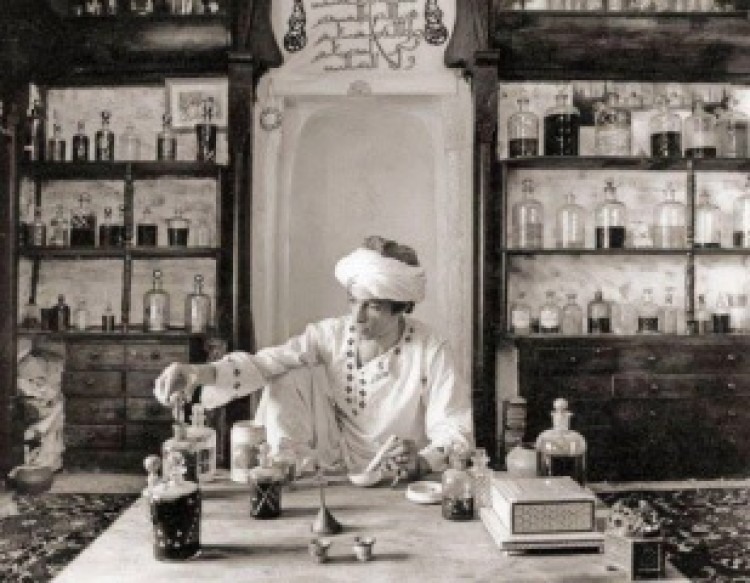
Traditional Indian medicine, or Ayurveda, has a 3,000-year history of incorporating essential oils into healing elixirs. Vedic literature lists more than 700 substances including cinnamon, ginger, myrrh and sandalwood as effective for healing.
Essential or aromatic oils have been used by many cultures around the world for centuries for cosmetic, as well as spiritually and emotionally uplifting, properties. It is impossible to know exactly when plants were first used for medicinal purposes, but carbon dating of cave paintings at Lascaux in France suggest their use in everyday life as far back as 18,000 B.C.E.
During the 19th century, many essences were investigated more scientifically than ever before. In 1887, Chamberland published the results of his research on the antiseptic properties of essential oils. Some decades later, lavender oil was discovered as a natural healer. French chemist René-Maurice Gattefossé learned of its medicinal properties accidentally when a small explosion in his laboratory burned one of his hands. As the story goes, he quickly immersed it in the nearest tray of liquid—lavender essential oil. Reportedly, his hand healed with no infection or scarring. Gattefossé and a colleague thus conducted further research on the healing properties of lavender and introduced it to many of the hospitals in France. During the outbreak of Spanish influenza, no deaths of hospital personnel were reported, which was credited to the use of lavender.
Since the turn of the century, interest has grown in the therapeutic power of essential oils. Research in this field has grown in Germany, Switzerland, France and England. Aromatherapy is also being taught in medical schools in France and England, and oils are more frequently being used by doctors in many hospitals.
More than 1,000 plant families and roughly 2,000 species provide what are referred to as essential oils. Essential oils are located in tiny secretory structures found in various parts of plants such as: leaves (eucalyptus, sage, thyme); berries (juniper); grasses (palmarosa, citronella); flowering tops (lavender); petals (rose, jasmine, ylang-ylang); roots (vetiver, angelica); fruit (orange, lemon); resins (frankincense, myrrh); wood (cedar, sandalwood, rosewood); bark (cinnamon); seeds (almond, ajwain, dill, cumin); leaves; rhizome (ginger, galangal); and peels (lemon, lime, orange).
Despite the name, they do not feel oily; essential oils are lighter than water. They cannot be diluted with water, but easily mix with alcohol or fats. Essential oils are generally extracted by distillation, often by using steam. Other processes include expression, solvent extraction, absolute oil extraction, resin tapping and cold-pressing.

|

|
Currently, there are no comment.
Login to comment